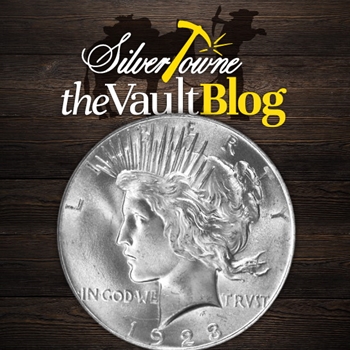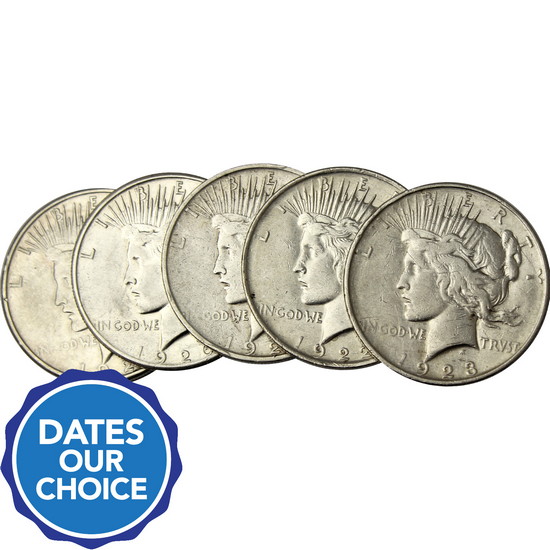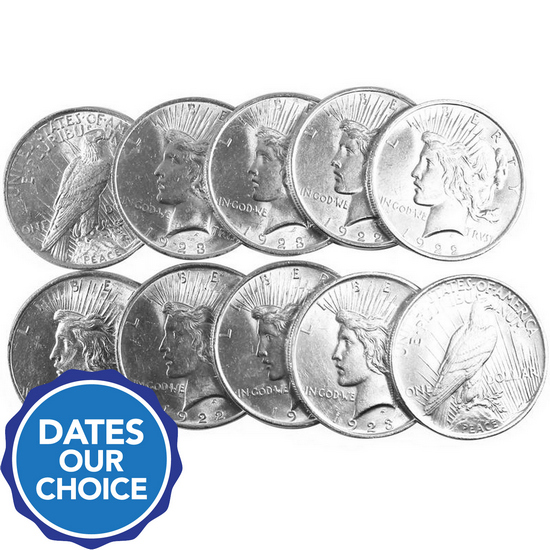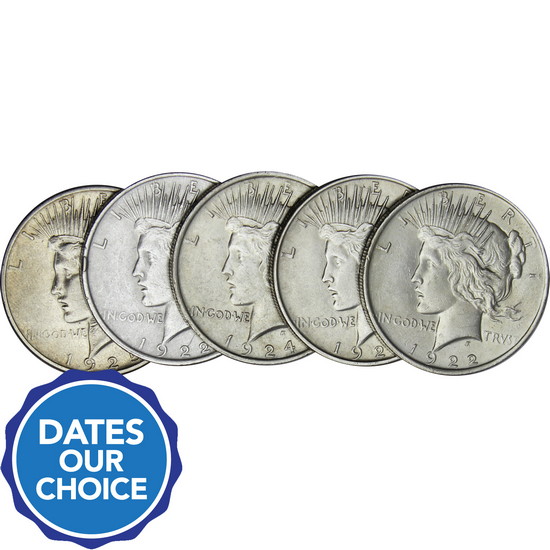
When one thinks of silver dollars, there is usually one that comes to mind faster than any others: the Morgan Silver Dollar. While that thought would definitely be warranted, the intriguing beginnings alongside its short production period would be enough of a reason for the Peace Dollar to also come to mind. Perhaps overshadowed due to the sheer popularity of the Morgan Dollar, collectors and numismatic hobbyists still enthusiastically pursue to add the Peace Dollar to their collection as its limited years present a thrill-seeking element that Morgans lack generally speaking.
Peace Dollar Beginnings
While the Morgan Silver Dollar had been in production for nearly 40 years, well past the 25-year minimum requirement, the call for a new design of the silver dollar was inspired by not only the Pittman Silver Purchase Act of 1918 where millions of silver dollars were melted to sell to the United Kingdom, but also by an article that was published in the November 1918 issue of The Numismatist. In the article, writer Frank Duffield called for a ‘victory coin’ to be designed that would be distributed by the masses into circulation.
By 1920, a dealer by the name of Farran Zerbe suggested a peace-themed commemorative and looked to the ANA (American Numismatic Society) to hold a competition for the most skilled sculptors and medalists. It was finally decided upon that the new design would have the $1 denomination as the Morgan Dollar did not fit the aesthetic of the new age coinage they were going for. Congressional legislation was introduced in May of 1921 and as President Harding proclaimed the end of the war with Germany on November 14th, eight artists were called upon on November 19th to submit designs for the new peace-themed dollar coin by December 12th.
Peace Dollar Designer - Anthony De Francisci
Artists involved in creating new designs included some familiar names such as Victor D. Brenner, John Flanagan, Hermon A. MacNeil, and Adolph A. Weinman. The Commission of Fine Arts selected Anthony De Francisci, a medalist by trade, as the winner. Francisci had his wife, Teresa Cafarelli, pose as his model of Lady Liberty on the obverse. Wearing a crown featuring sun rays, the design was reflective of the Statue of Liberty and was to induce thoughts of serenity and peace upon looking at it.
The original reverse of the Peace Dollar would feature an eagle displayed breaking a shield. This design, however, was not looked upon as acceptable as it was thought to have looked as if the image would reflect defeat rather than peace. It was then that Morgan Dollar designer, George T. Morgan, would take it upon himself to revise the eagle without Francisci’s consent. However, the coin design, including Morgan’s revisions, would quickly go into production in December of 1921. They would not be officially released into circulation until January 3, 1922.
Key Date - 1928 Philadelphia
While nearly 200 million coins were produced from 1921-1935, the date to own in the elusive series is the 1928 Philadelphia. With a total mintage of just 360,649, it’s rarity stems from the fact that it is the lowest minted in the series and even circulated issues can bring about a higher value. According to NGC’s price guide and census figures, there have only been five certified in an MS66 with a current price guide of $38,000. PCGS has certified just one in an MS66+ with a price guide sitting at $75,000.
Source: Coin World; Dansco










